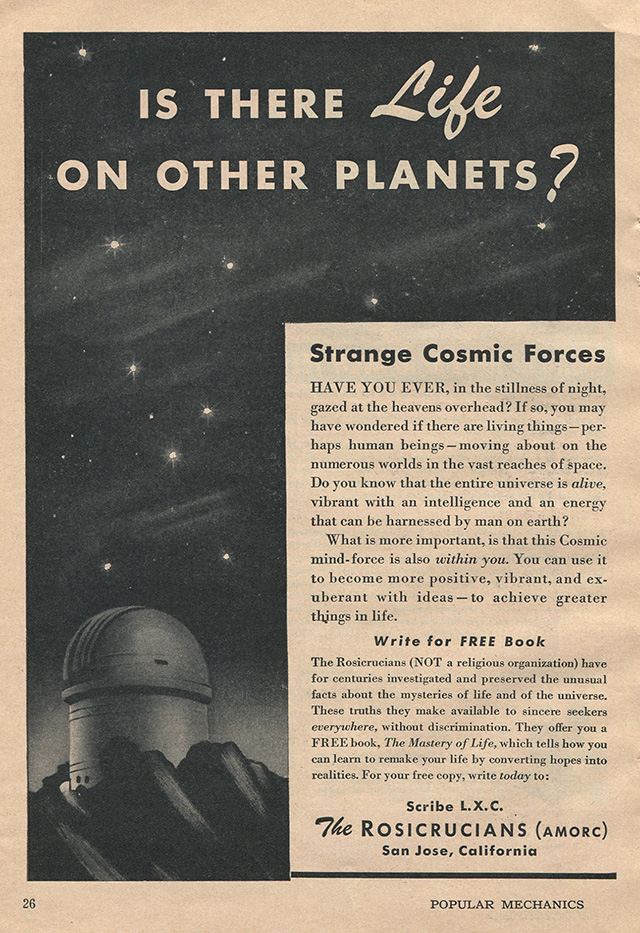“No magazine should be 500mb.”
I received that IM from Michael the other day. He was talking about the size of downloads for new issues in the iPad’s Newsstand app. He’s right. There is no good reason for magazine issues to be that large. Why are they that large, anyway? It’s because magazines have yet to adapt to new technology.
Magazine designers and editors are very finicky about layout. They spend an entire month getting everything perfect, especially type. Typography is something a normal reader doesn’t notice…consciously, anyway. But designers obsess over it. They spend more time getting the type to look right on a page than any other element. And that’s fine for the printed page. But things begin to break down in the tubes.
Type has never been something that displays well on computer screens. Rendering is affected by what device a user is on, what operating system, what browser they’re using, etc. A little effort by the developer can get the type quite close to the original design, say, 95%, but that last 5% drives designers nuts. They invest a lot of time and effort into getting the type to look perfect in the layout, and seeing the leading off, or the kerning absolutely destroyed by a browser is frustrating, to say the least. But, there is a solution.
Eschewing live text and making the text an image file preserves appearance, albeit at the expense of file size, search engine optimization, usability, and much of the ability to update content dynamically.
Enter magazines. Most magazines made the decision that preserving appearance is more important than utilizing all of the iPad’s functionality, so instead of pages loading text dynamically, a typical magazine page is one big png file. Add that up for the number of pages in a typical magazine, and that’s how we get to the 500mb figure.
Speaking from the perspective of a developer, preserving appearance is ideal, but the method magazines are using feels about as pointless as holding back the tides. Technology is here to stay. In the next decade, advances in text rendering will continue to be made, but the bunker mentality most magazines have as they wait is untenable.
I think it comes from a sort of cognitive dissonance that editors and designers have about type in the electronic world. For decades magazines controlled how their readers saw their content. But placing content on a device of any kind means the magazine has to cede some sovereignty to the device. Also, if they are planning to display content on multiple devices, the user’s decision making is relevant, in the form of the device they choose to use. Design used to be a dictatorship. A very ordered, unassailable one at that.
Magazines need to let go of the idea that they can dictate 100% of a reader’s experience. I know that, to them, that makes no sense. But refusing to embrace change does not make it go away. It just makes the inevitable transition harder.

